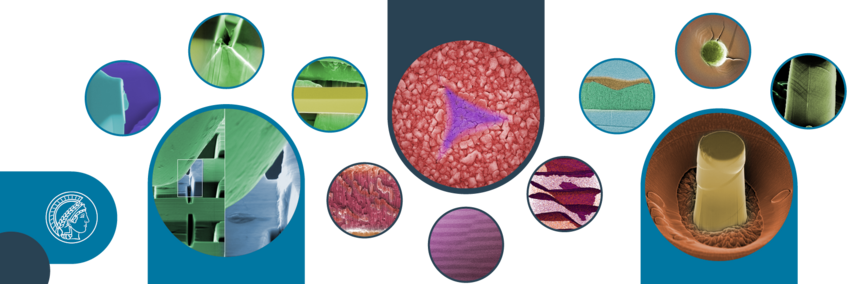Deviations from the ideal, stoichiometric composition of tcp (tetrahedrally close-packed) intermetallic phases as, e.g., Laves phases can be partially compensated by point defects like antisite atoms or vacancies, but also planar defects may offer an opportunity to accommodate excess atoms.


